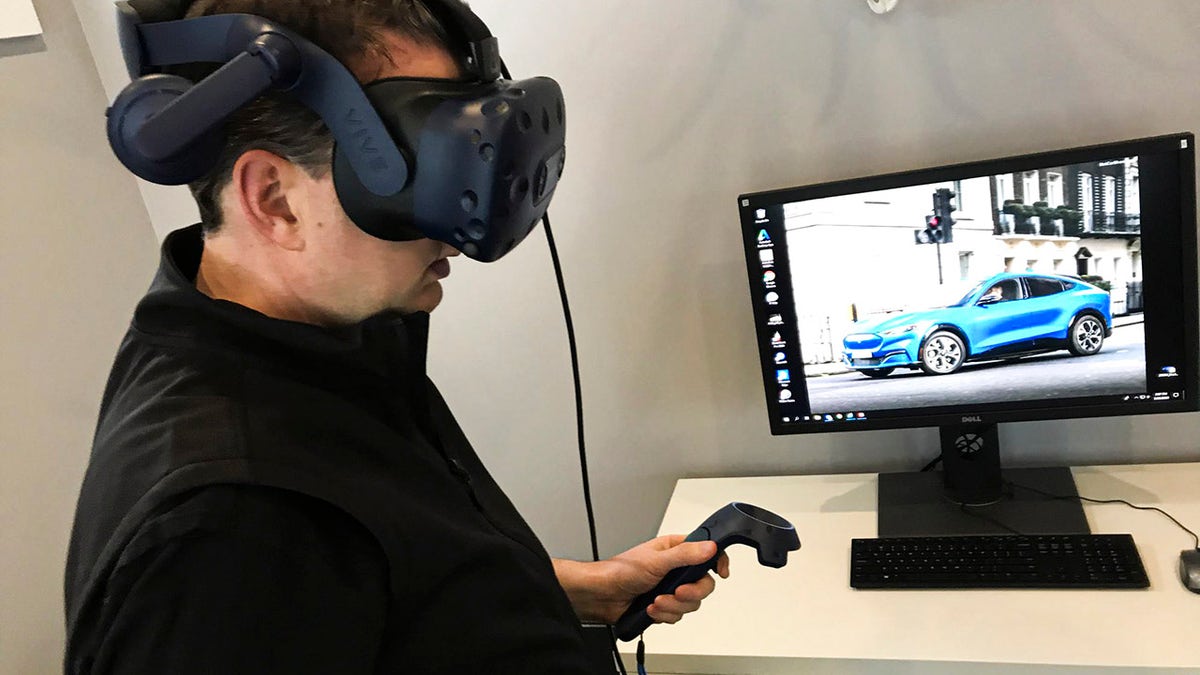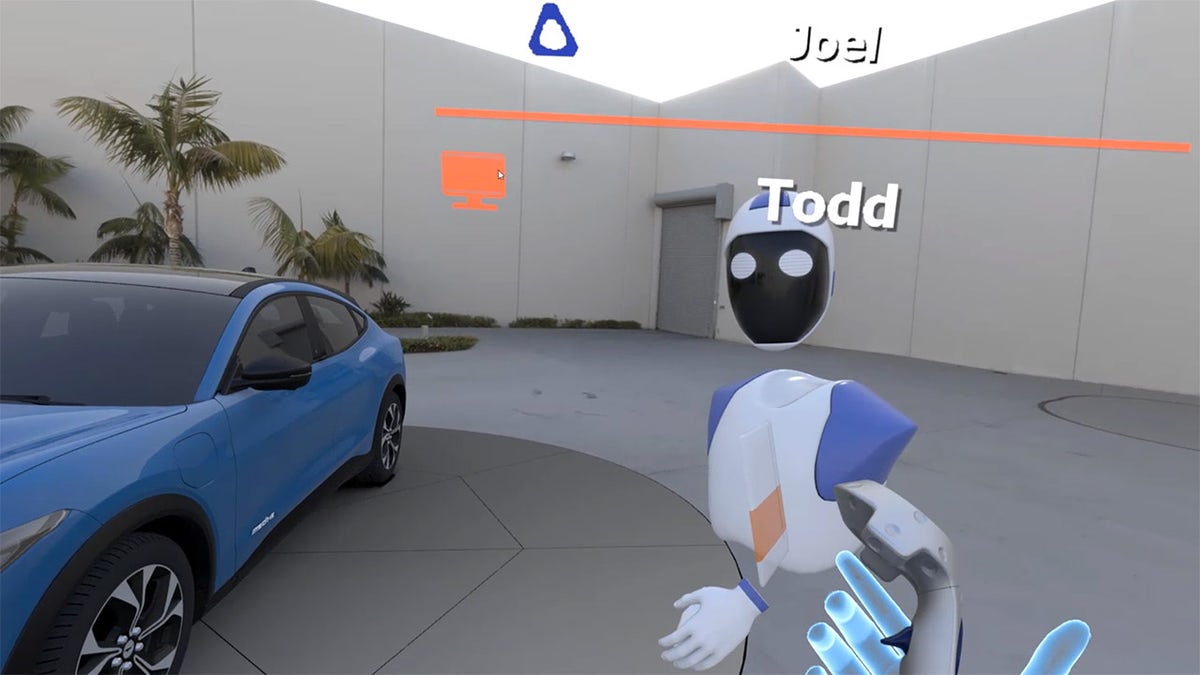Ford designers using virtual reality to collaborate from home during coronavirus lockdowns
Ford’s global design director for cars and crossovers, Joe Piaskowski, tells Fox News Autos how his team is using a Virtual Design Studio to review cars together in the cloud while working from home.
Get all the latest news on coronavirus and more delivered daily to your inbox. Sign up here.
Ford is dealing with the same challenges as every automaker during the coronavirus pandemic.
It has suspended car production, initiated work from home policies and shifted some of its resources toward manufacturing medical equipment for the crisis, including protective face shields and ventilators.
Just because present business is very far from usual, however, doesn’t mean it can stop planning for the future. When things return to normal it’s going to need vehicles to build, and it has many in various stages of development, like the electric Mustang Mach-E set to enter production later this year.
FORD TO BUILD 50,000 VENTILATORS WITH GE BY JULY 4
Among the teams involved in product development that are working remotely is the design group, whose members are now using a virtual reality system to collaborate from home.

(Ford)
The Virtual Design Studio was originally developed as a way for Ford’s designers to work together from their offices around the world, but Ford has installed the software and VR headsets required to use it in the homes of several key team members.
Among them is Ford’s global design director for cars and crossovers, Joel Piaskowski. He said the system uses the same data that would typically be used to build a physical clay model for evaluation to create a digital version of it in a simulated outdoor plaza that can replicate the light and shadows the shape of the vehicle would create in the real world.

(Ford)
Designers then use the headsets and hand controls to enter the space, where they are represented by avatars their coworkers can interact with, just like the players in an online videogame.

(Ford)
“We can get up close, really assess the surfaces, the highlights and forms to make very educated design decisions,” Piaskowski said.
HERE'S THE BEST WAY TO KILL CORONAVIRUS IN CARS
It allows them to study both the body and cabin of the vehicle, and the avatars are equipped with laser pointers to help them reference specific elements during their discussions. While Piaskowski and his team still hope to get back to the office to get a look at a physical model before they give any designs the final sign-off for production, he said the program has advanced so far that may not be necessary in a pinch.

(Ford)
“It’s as close to realistic as we can get, he said, and we’re really confident in this technology.”
He also thinks the current situation could lead to changes in the way that cars are designed and engineered in the future.
“We’re all kind of thinking about that. How might that affect what we do in the future for our cycle plans, our product development, perhaps some special and unique features in how the customers experience our vehicles on the interior.”
